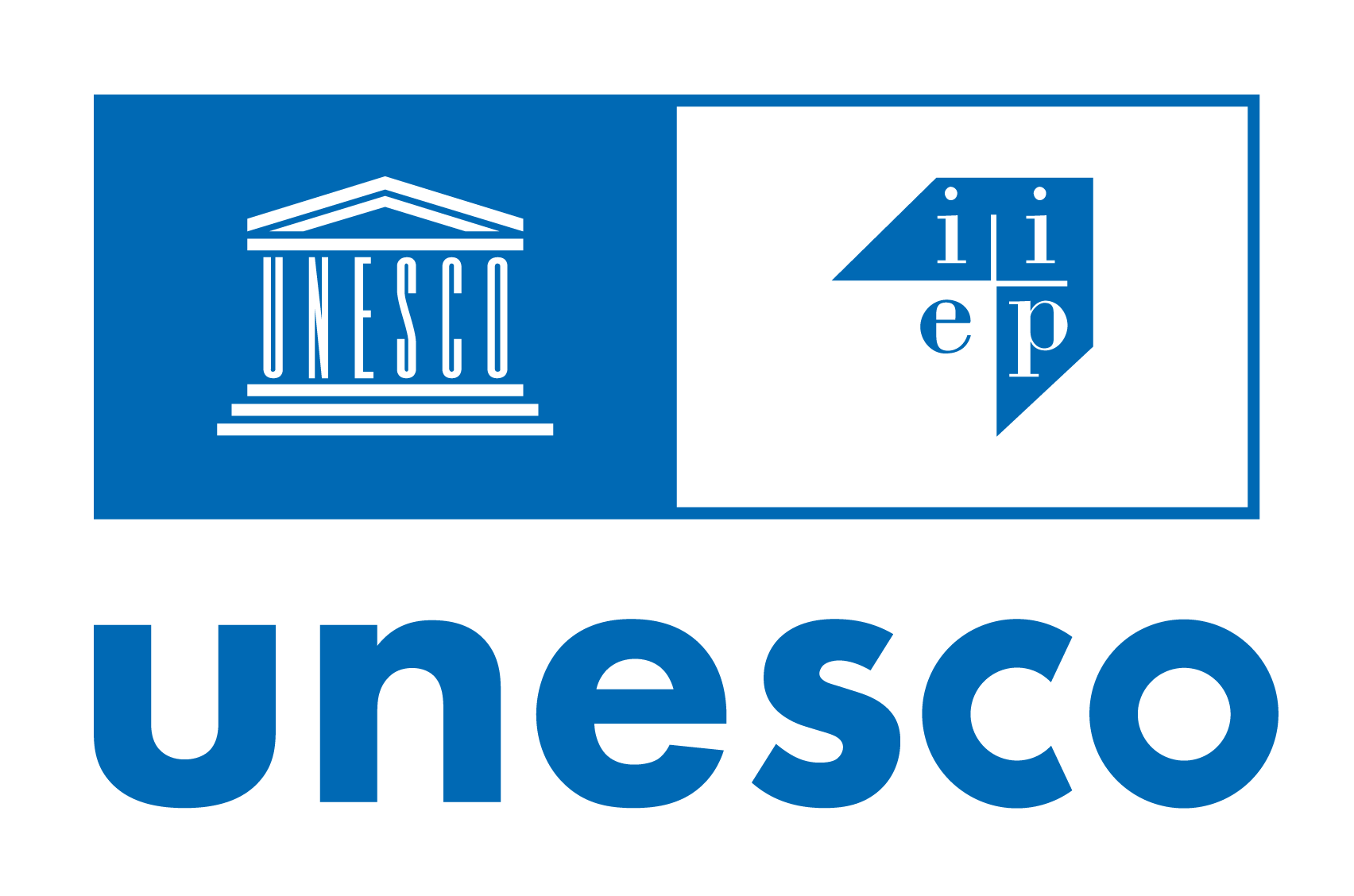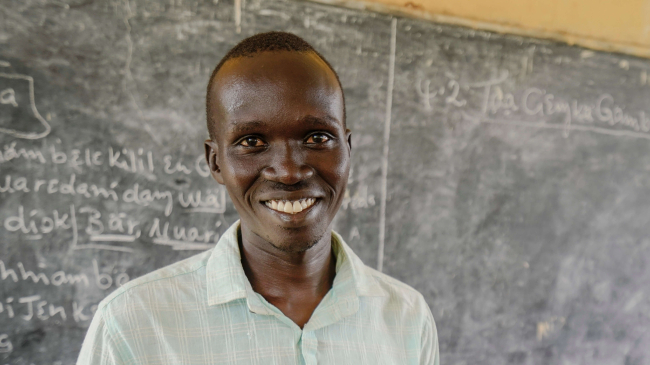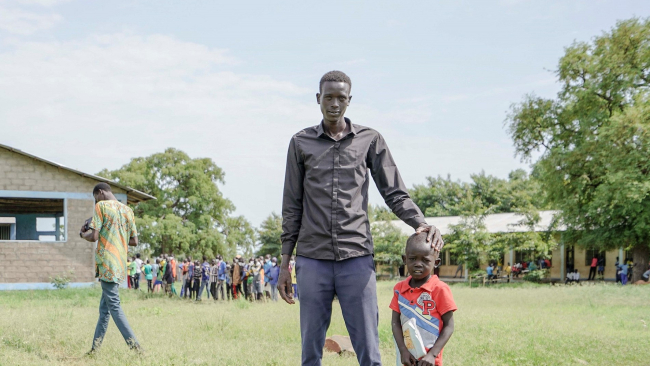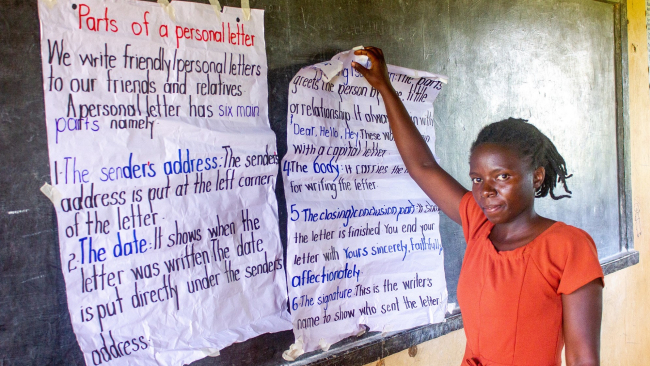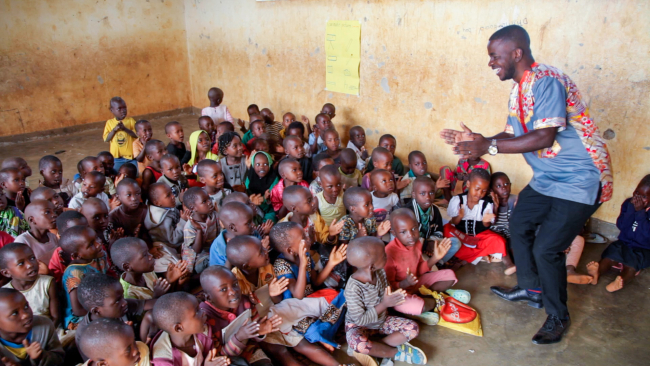Students around the world have lost substantial instructional time owing to abrupt school closures since the outbreak of the COVID-19 pandemic. According to UNESCO monitoring, in 2020, school buildings were completely closed for an average of 15 weeks (4 months) worldwide (UNESCO, 2021a). Counting partial closures, schools were shut on average for 26 weeks (6.5 months) worldwide, equivalent to almost two-thirds of a typical school year. In response, education systems have deployed remote and hybrid learning modalities to ensure continuity of learning. These efforts have yielded mixed results, with varying degrees of improvement and reduction in inequalities in student learning depending on the modalities, characteristics and implementation methods of the different education programmes. As a result, almost all students need some catch-up learning, compelling education systems to deploy and scale up targeted interventions quickly to help pupils bridge their learning gaps and improve learning.
This paper draws key messages to help policy and practice to mitigate the disruptive effects of the COVID-19 crisis on student learning. It addresses the growing concerns of both policy and decision-makers about students’ disengagement from – or loss of – learning owing to the pandemic, as reflected in low levels of achievement at checkpoints compared to expected learning levels, reduced rates of completion and/or growing disparities in learners' achievement. If policy-makers do not react quickly by providing additional and relevant support to address students’ learning needs, especially those from marginalized groups, millions of children and youth may not return to the classroom, and may eventually drop out of school.
